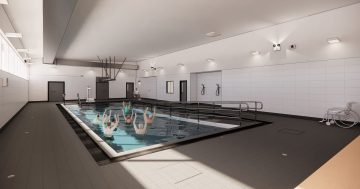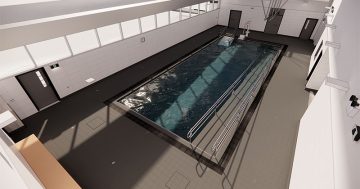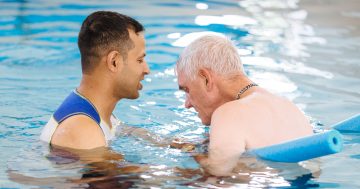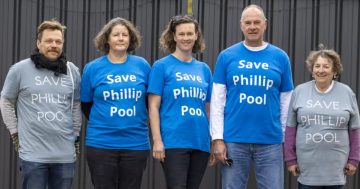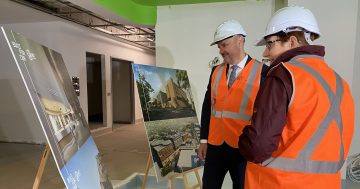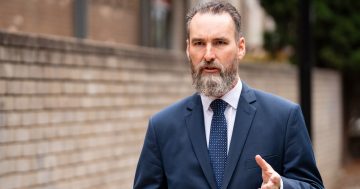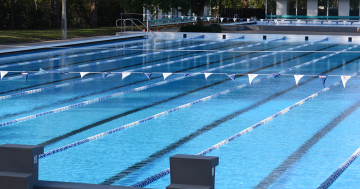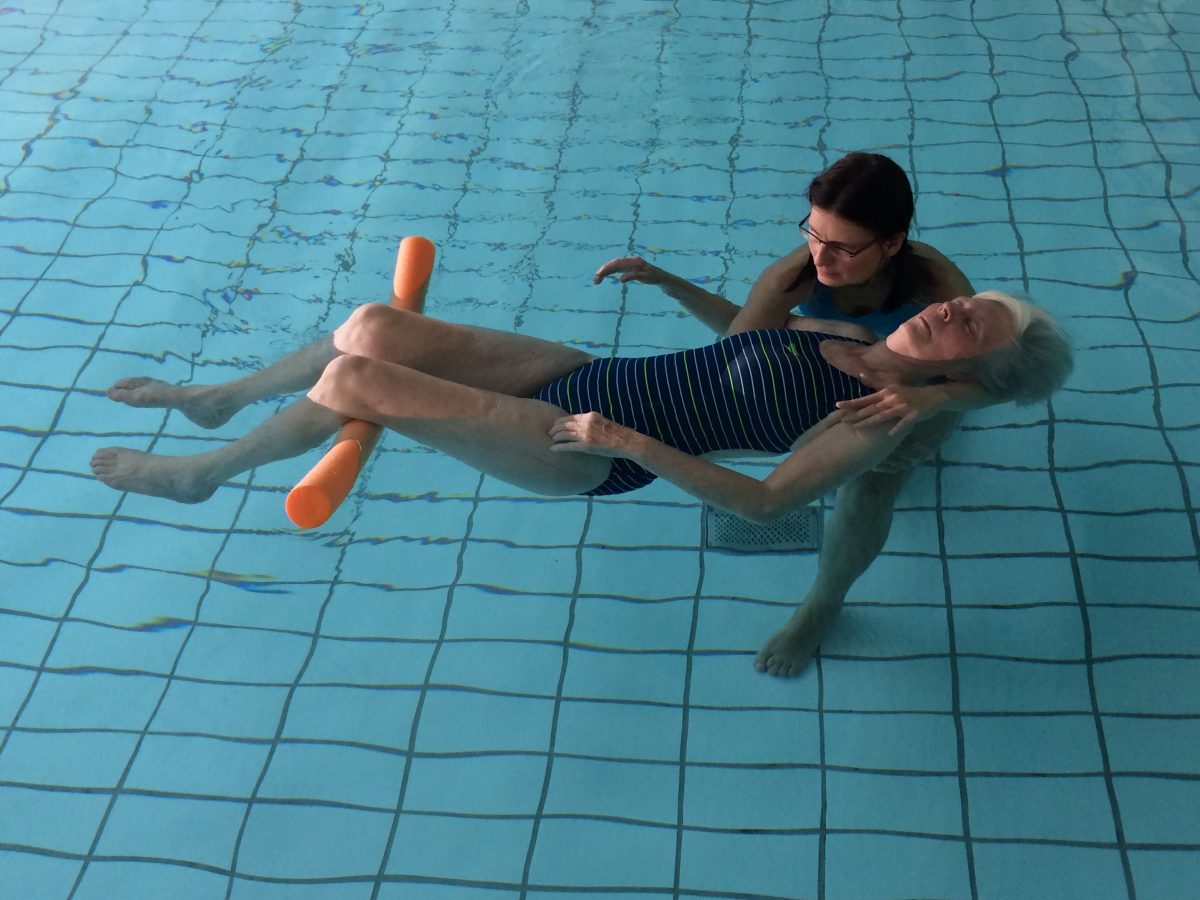
Canberrans with arthritis, injuries, or other chronic conditions can benefit from hydrotherapy sessions. Photo: File.
Despite the latest Territory Budget having allocated $8.5 million for the detailed design and construction of a much-needed hydrotherapy pool, advocates are concerned the still scarce on details facility won’t be making a splash for many years.
A hydrotherapy pool on the southside was a 2020 election commitment from ACT Labor.
Chronic pain sufferers, those with injuries and those managing conditions such as arthritis have now been unable to access largescale hydrotherapy treatment on the southside of Canberra since 2019 when the Government closed the ageing facilities at Canberra Hospital after a two-year battle to keep the facilities open.
Planning work began midway through last year and the Government has now confirmed a tender for the construction of the pool is expected to be released early next year.
“The ACT Government has and continues to engage with the community and stakeholders throughout this process to ensure we are delivering a modern facility that meets the needs of the community now and in the years to come,” a Government spokesperson said.
“We recognise the importance of accessible healthcare, and of hydrotherapy as an ongoing therapeutic activity for many people with chronic illness to maintain their mobility, manage their pain and gain important mental health benefits.”
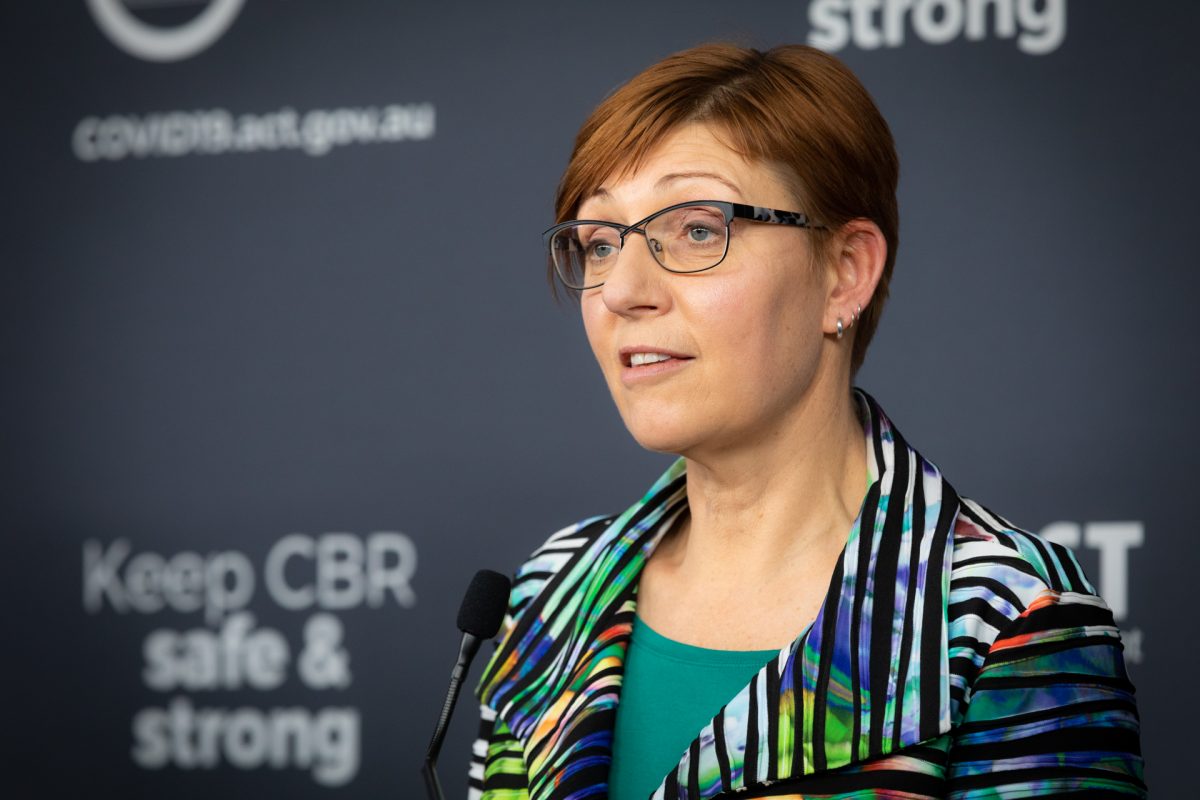
Minister for Health Rachel Stephen-Smith and officials were questioned in budget estimates earlier this year about progress on the southside hydrotherapy pool. Photo: Michelle Kroll.
Health Minister Rachel Stephen-Smith’s office was contacted for comment on a more detailed timeframe and while this wasn’t forthcoming, Arthritis ACT chief executive Rebecca Davey said she’d been asking the same questions.
According to Ms Davey, the Government is now tentatively working toward a completion date of early 2024.
“We did have questions when we saw the Budget papers because it wasn’t clear what was going on,” she told Region.
“Tongue-in-cheek, I’m not surprised they have said 2024 as they don’t want to go to another election with it.
“It has been disappointing that it’s taken this long.”
There are some other providers of hydrotherapy in the Territory and some users of the Arthritis ACT program have been able to participate in sessions at these.
But Ms Davey said it was not the same as having a dedicated facility for hydrotherapy with access ramps or hoists, large and accessible changing rooms and correctly-heated water.
“Unfortunately, I know of people who have just given up entirely on hydrotherapy because the other pools have proven too difficult to access,” she said.
“It has been tough, really tough.”
Sufferers of many chronic conditions generally access therapeutic hydrotherapy where the pool is set to 34 degrees – about the same as skin temperature – which means the body does not go into any shock when entering the water.
This relaxes the muscles and the nervous system and means people who can’t generally exercise on land are able to. Chronic pain sufferers can experience up to 48 hours of pain relief afterward.
It’s not just the southside that Ms Davey believes is lacking in hydrotherapy facilities. She believes every pool in Canberra should have a publicly-accessible hydrotherapy pool that wouldn’t cost any more to access than the regular pool.
“The kinds of people we see aren’t rich. They are often on a pension and the cost of hydrotherapy becomes another cost they have to wear,” Ms Davey said.
“I’m also concerned there’s no business case for this facility and my biggest fear is it is going to end up almost privately run and organisations like us will probably just be granted times we can go and run our program.
“As the city ages, we need to make sure we have the infrastructure for our population.”
She said she would continue to push the Government to ensure the pool was accessible to those who needed it most.
Around 1500 people access hydrotherapy services through Arthritis ACT on average.












